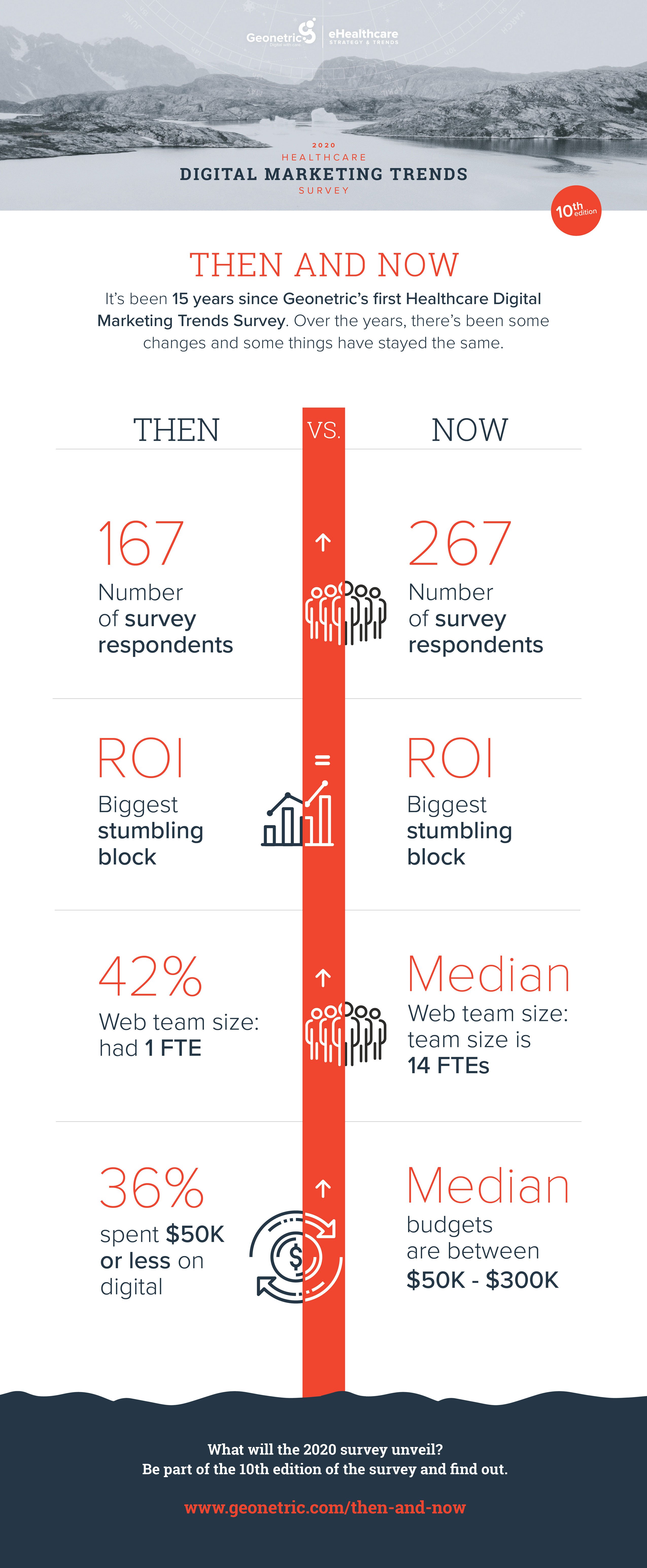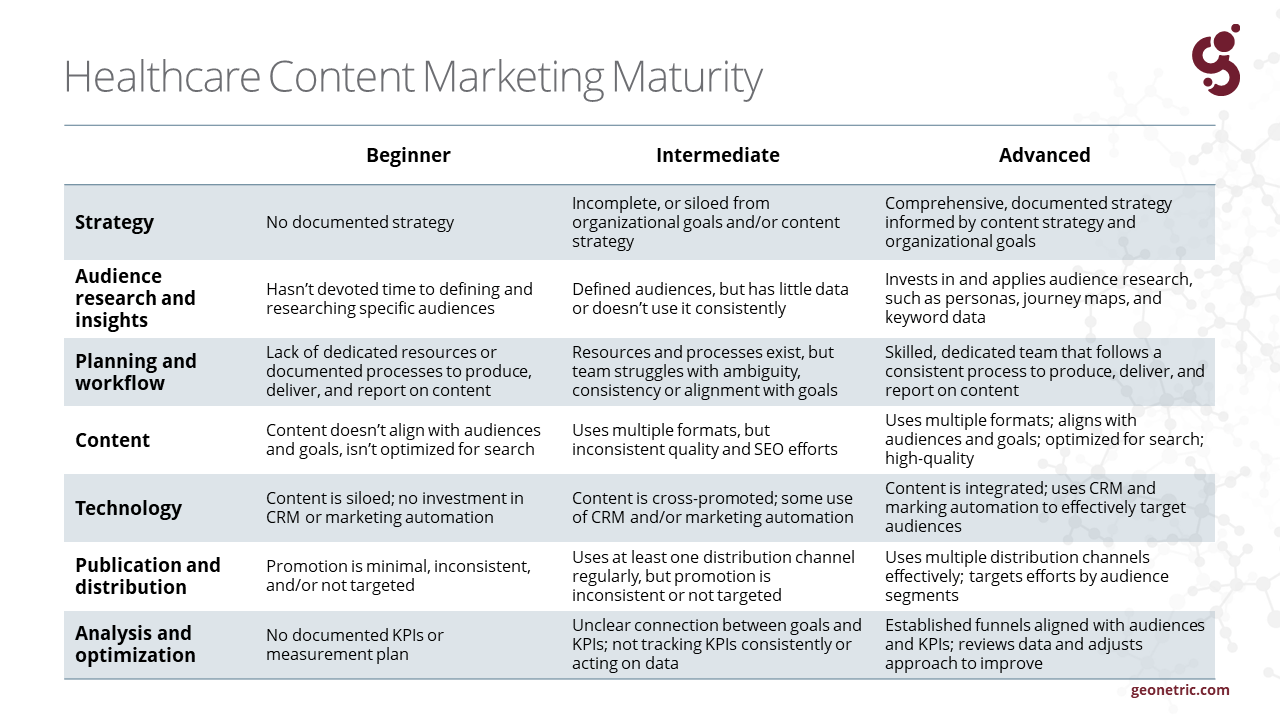Whether you’re in charge of your organization’s intranet, or you contribute to its content, you may have noticed where it’s lacking and may even be questioning if it’s time to upgrade. Here are five reasons why you might be ready for a better, more sustainable and flexible healthcare intranet.
1. You Can’t Access Your Intranet on Mobile Devices
Your distributed teams across the organizations – from marketing to clinical to environmental safety – need access to your employee communications and documents at the most convenient times. That includes on devices of their choosing.
If your intranet is homegrown or outdated, it likely only performs on a desktop computer. But for employees who are mostly connected by mobile or tablet within your facility, it might not be such a friendly experience. In fact, according to the Journal of Mobile Technology in Medicine, physicians’ use of smartphones has increased from 68% in 2012 to 85% in 2015. Another survey found that more than half of nurses have used their smartphone instead of asking colleagues for information.
An accessible, responsive, and mobile-first intranet is a great answer to help your non-desktop employees find what they need when they need it.
2. All Your Forms Are Still PDFs
Once upon a time, it was normal to have all of your employee forms and documents on paper. As intranets evolved, those paper forms probably found their way into scanners and onto your network drives as PDFs.
Nielsen Norman Group – the foremost authority in online user experience – says intranet experiences improve when you convert print content, like forms and newsletters, to online experiences.
“Search, navigation, and online reading are all enhanced when you convert content into well-designed intranet pages,” writes Nielsen Norman Group, “each containing a meaningful chunk of information about a specific topic with cross-reference links to related material.”
Today, forms are easier to track, manage, route, and complete online. Online forms give you the power to monitor engagement, abandonment, and more. You can set up workflows so forms are routed to the correct people or teams. Most of all, they’re easier to use for your employees (especially on mobile!).
If you are still drowning in PDFs on your intranet, it might be time to look at other options, such as Formulate, which offers flexible, author-friendly form management for healthcare.
3. Employee Engagement is Impossible to Track
When intranets were just document repositories, it was probably not imperative to track the length of a user’s visit, the documents they visited, or what they were trying to accomplish. But in today’s modern intranet world, that type of information can be extremely handy in improving employee communication and engagement.
Tracking employee engagement comes in many forms. The first is the ability to apply measurement tools, like Google Analytics, to track high-level traffic of your intranet. With Google Analytics, you can answer:
- What pages are employees visiting the most, and why?
- How are employees finding the information or documents they need?
- What stories and news are most engaging?
- What’s the page journey or path for users? Where are they going from one page to the next?
- What and how they’re using site search to find?
Another way to track engagement is simply to ask. Including online forms for feedback allows employees and team members to reach out to your intranet’s team directly with questions, feedback, and ideas to continue improving the intranet and support the everyday activities of your staff.
4. Communicating Changes Across the Organization is Challenging
Email inboxes get flooded. Printed newsletters might get missed. Reaching your colleagues and staff with important updates and news is difficult even on good days, but when life at your organization is busy or hectic, that content is even easier to miss.
Instead, a digital workplace invites staff to find information relevant to them. An online content hub for your employee newsletter gives you more flexibility to publish stories that are meaningful to your colleagues and staff. Spotlight important news and updates on your intranet’s homepage to grab attention. Use your intranet as a link in emails to send people to the content they need when they have time to read it.
By connecting your intranet and email marketing platform, you can send more targeted emails to specific groups and teams, making your communication outreach more personalized and effective.
5. Your Intranet is Difficult to Use
User experience (UX) is the foremost quality that defines the success of any tool. In the case of intranets, its success can build a bridge between technology and employee satisfaction. But without it, employee productivity can flounder.
In fact, today’s intranet is less a “tool” and more a “digital workspace.” While it’s still the home of documents, policies, and benefits information, its definition has expanded into a collaborative space where employees can communicate more easily and find information more freely. These digital workspaces are an engaging experience rather than a filing cabinet.
These days, digital workplaces have even expanded to include more personalized experiences, delivering content on the homepage that’s specific to the person logging in.
And for authors and department leaders, your intranet software might not be delivering an easy experience to make content updates, which could lead to stale content across your intranet.
Ease of use and user experience are intertwined in an intranet’s success. If you’re frustrated by your intranet, your colleagues probably are, too.
Start Building Your Case to Upgrade
If you agreed with the experiences outlined here, it might be time to build a case for a better intranet. Geonetric can help you get started. Whether you’re looking for a user experience consultation on your current platform, or you want to talk about services to help you improve the intranet you have today, we’ll be happy to answer the call.
Request a demo of VitalSite to learn more about our robust CMS and services to take your intranet to the next level.











